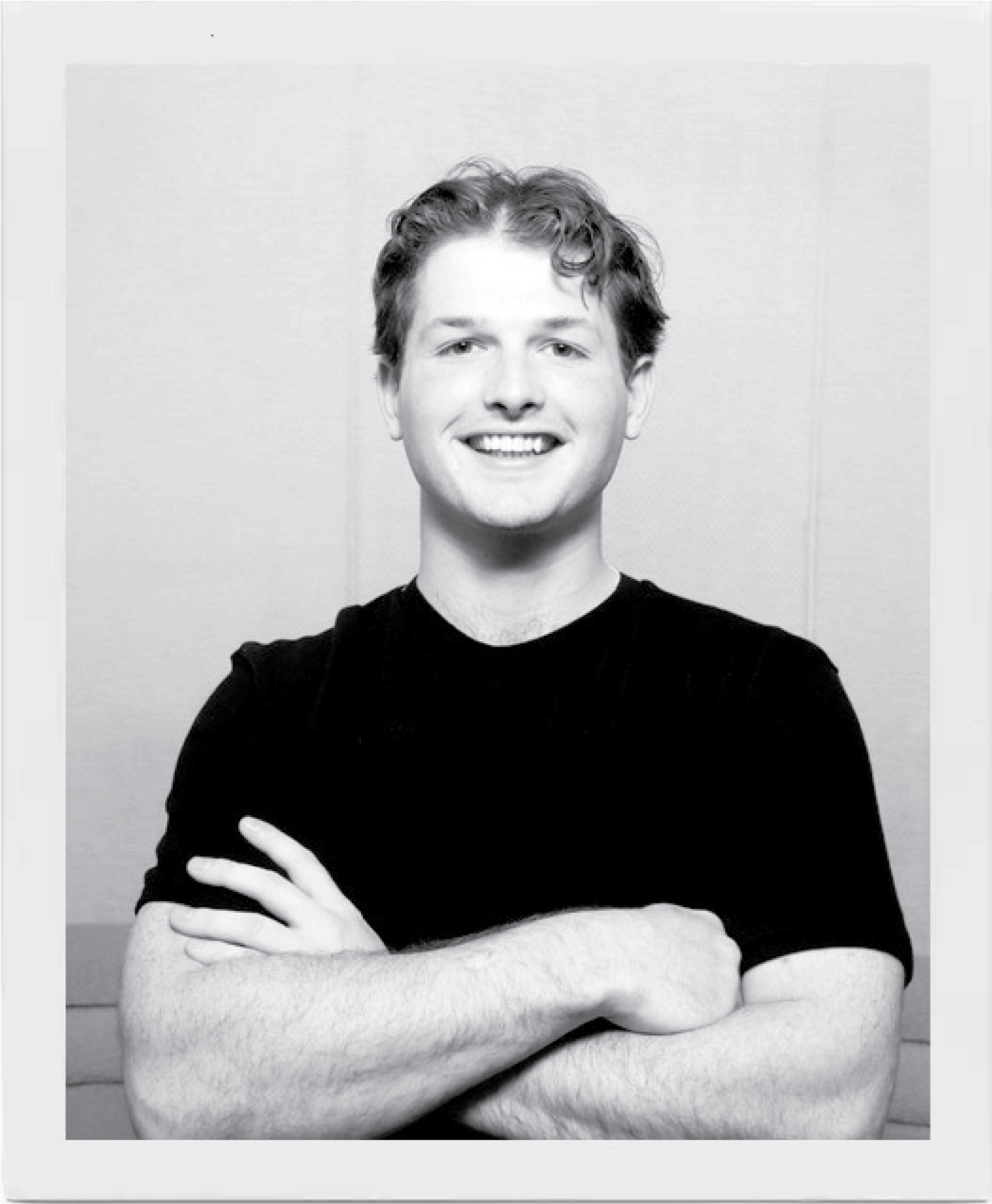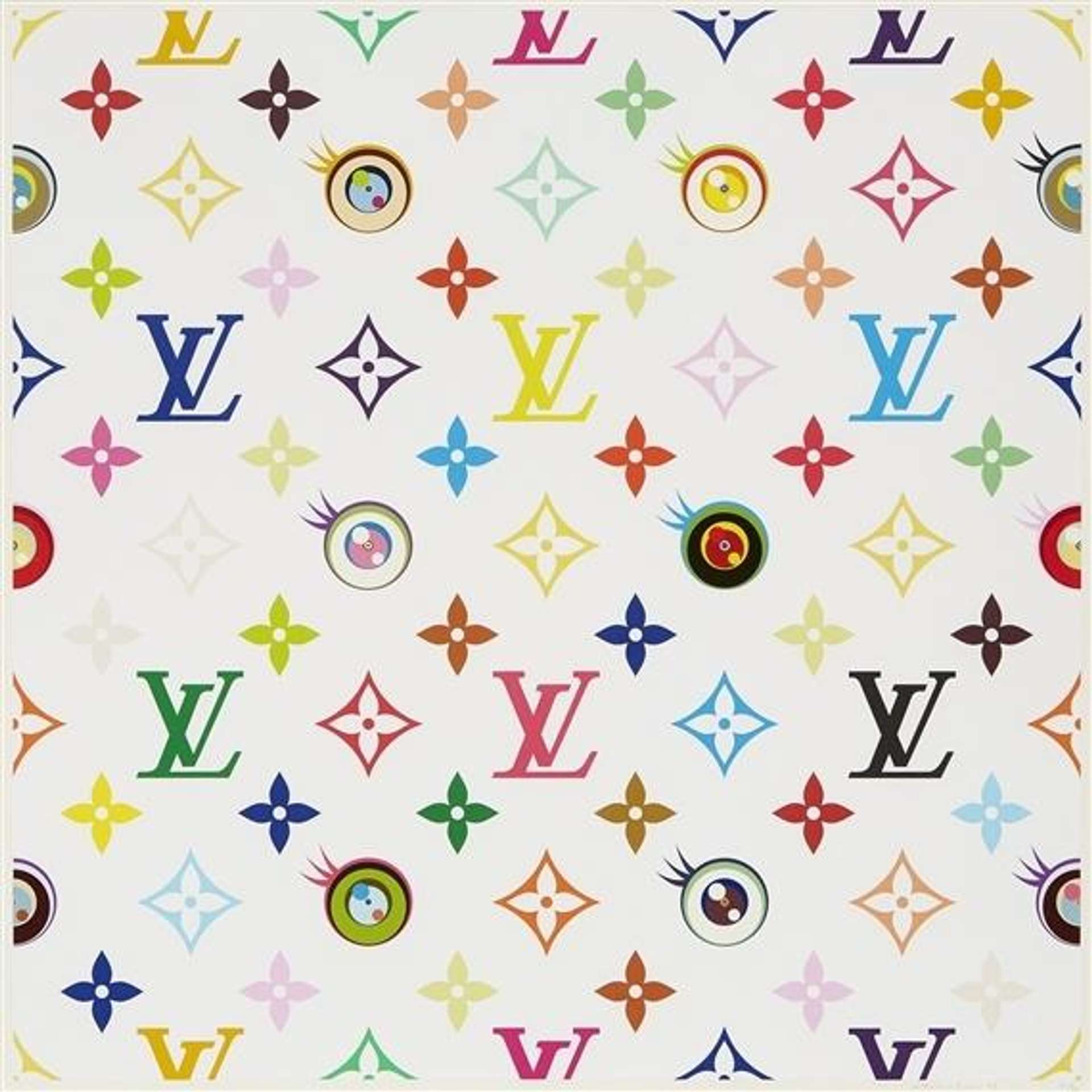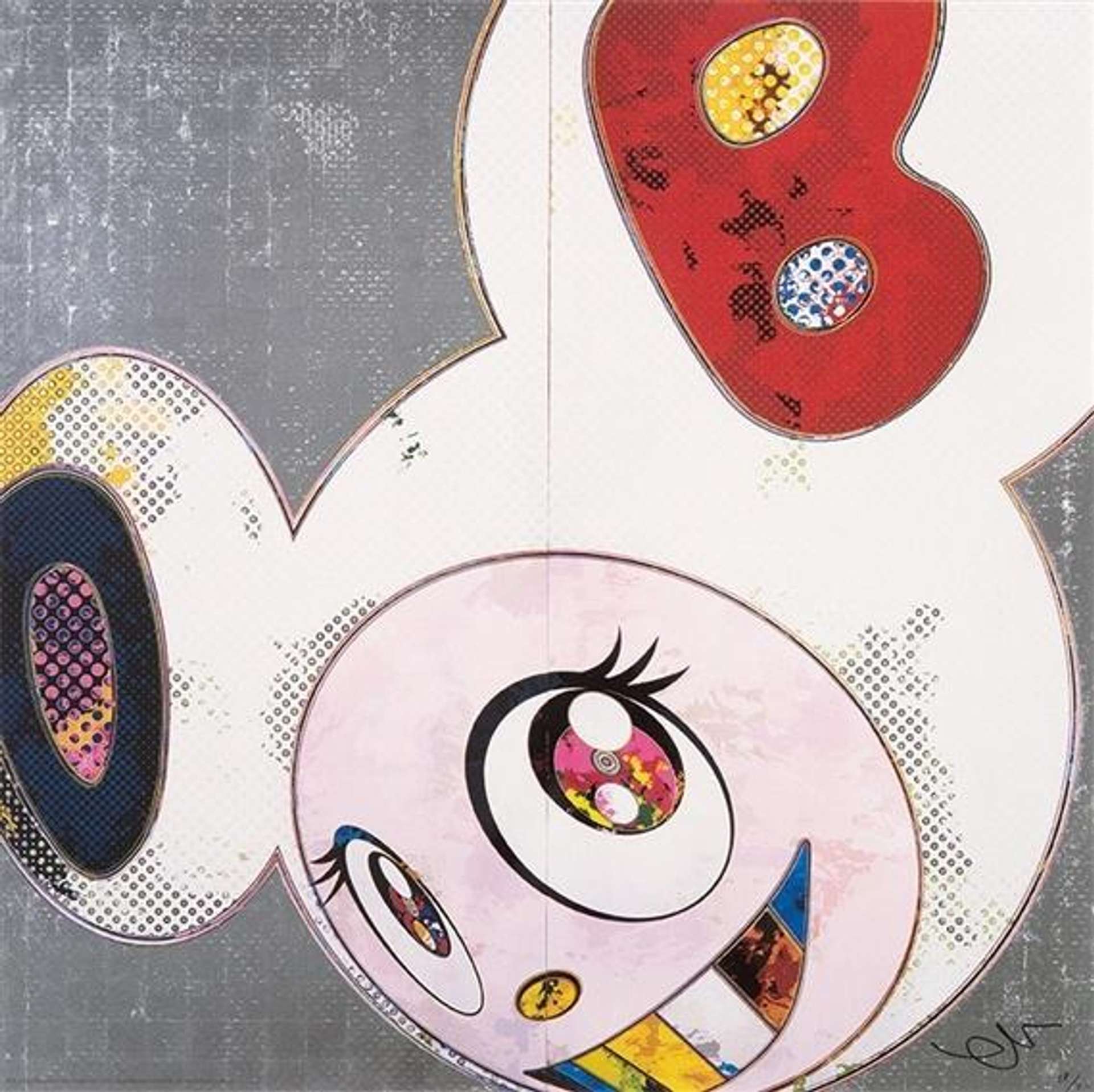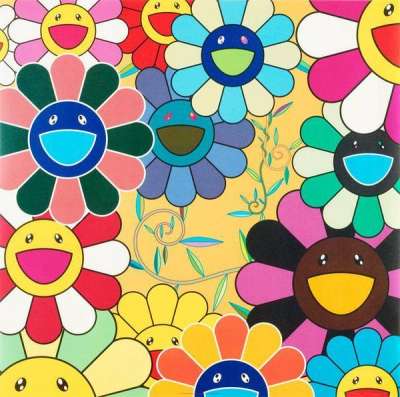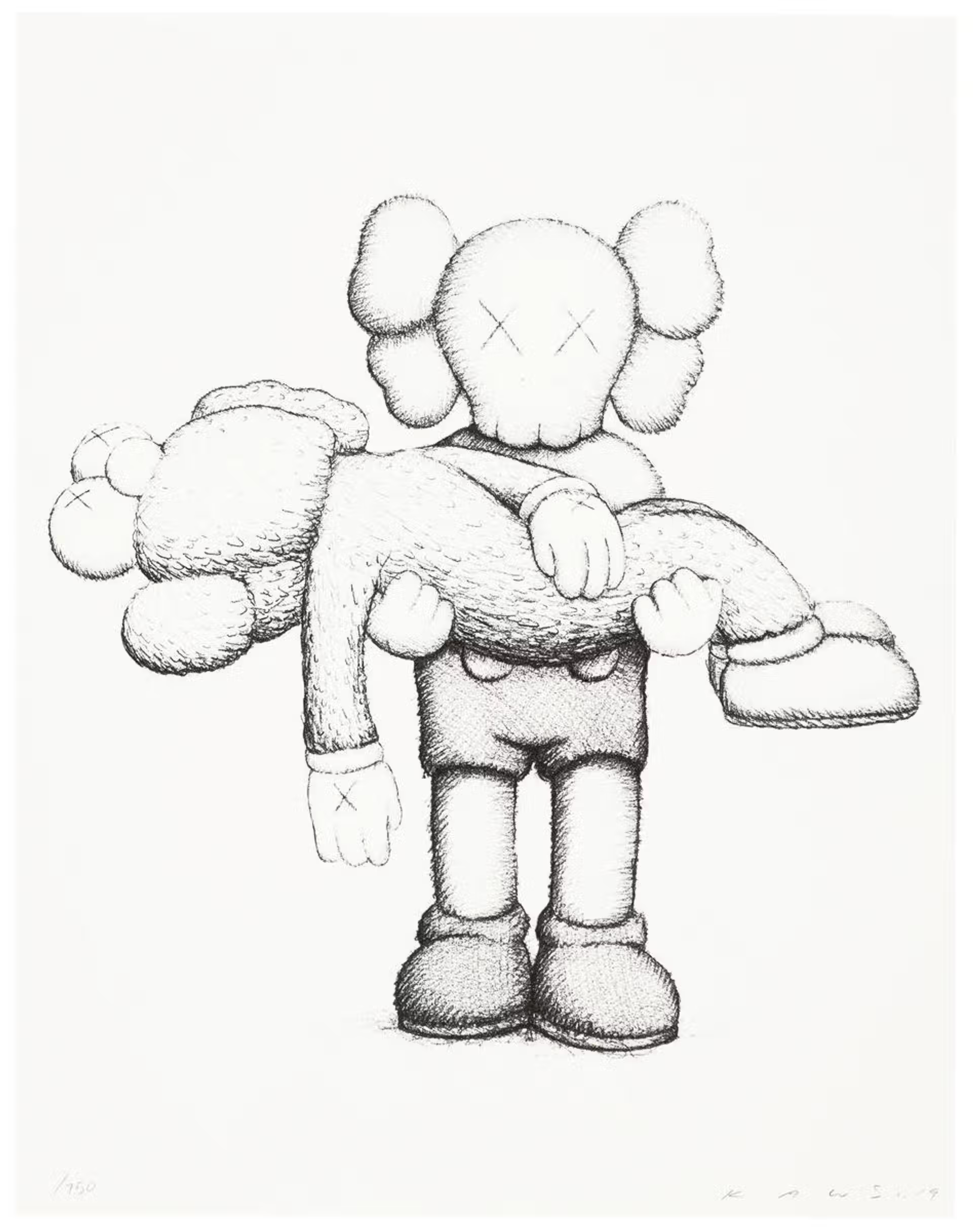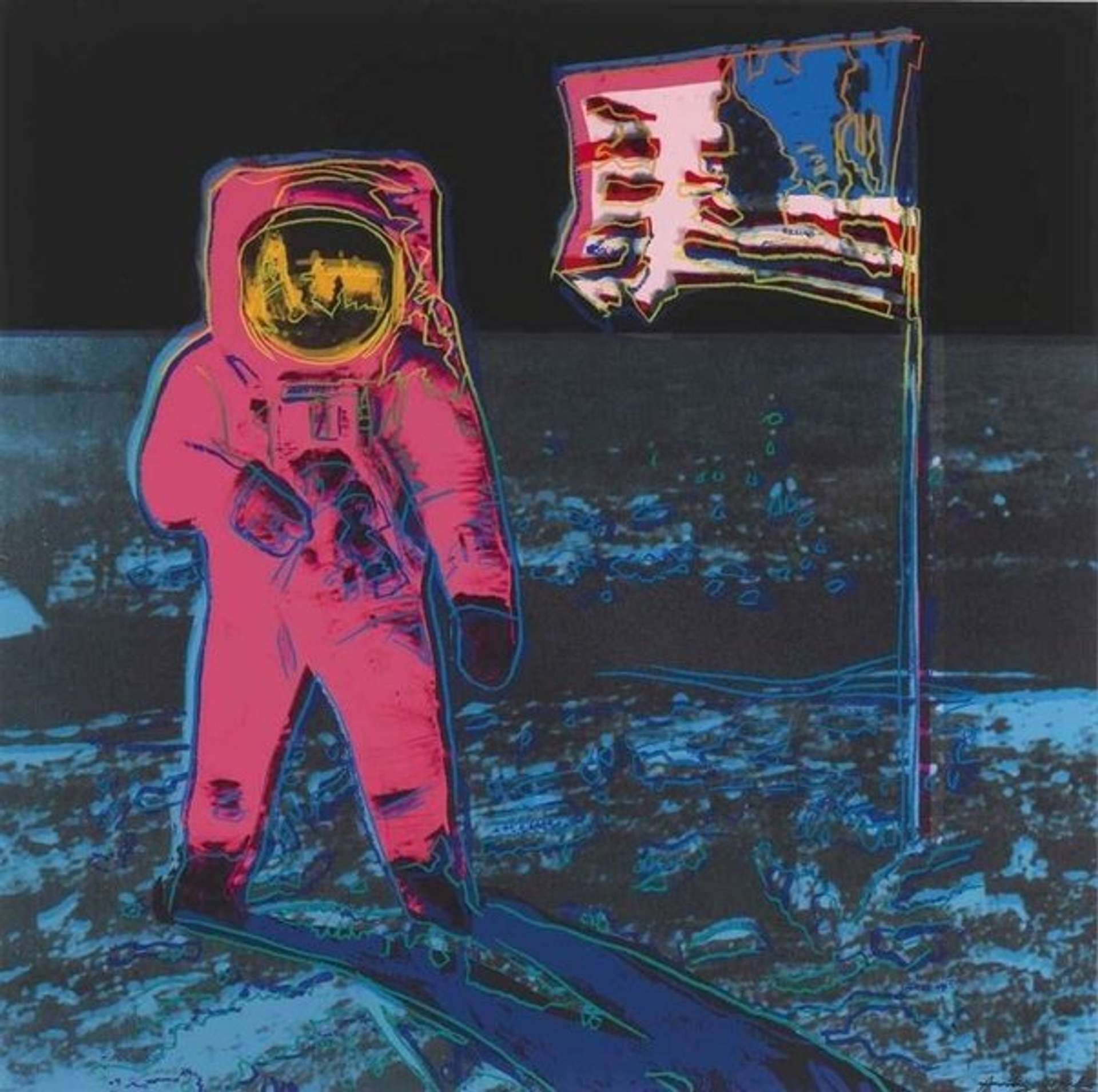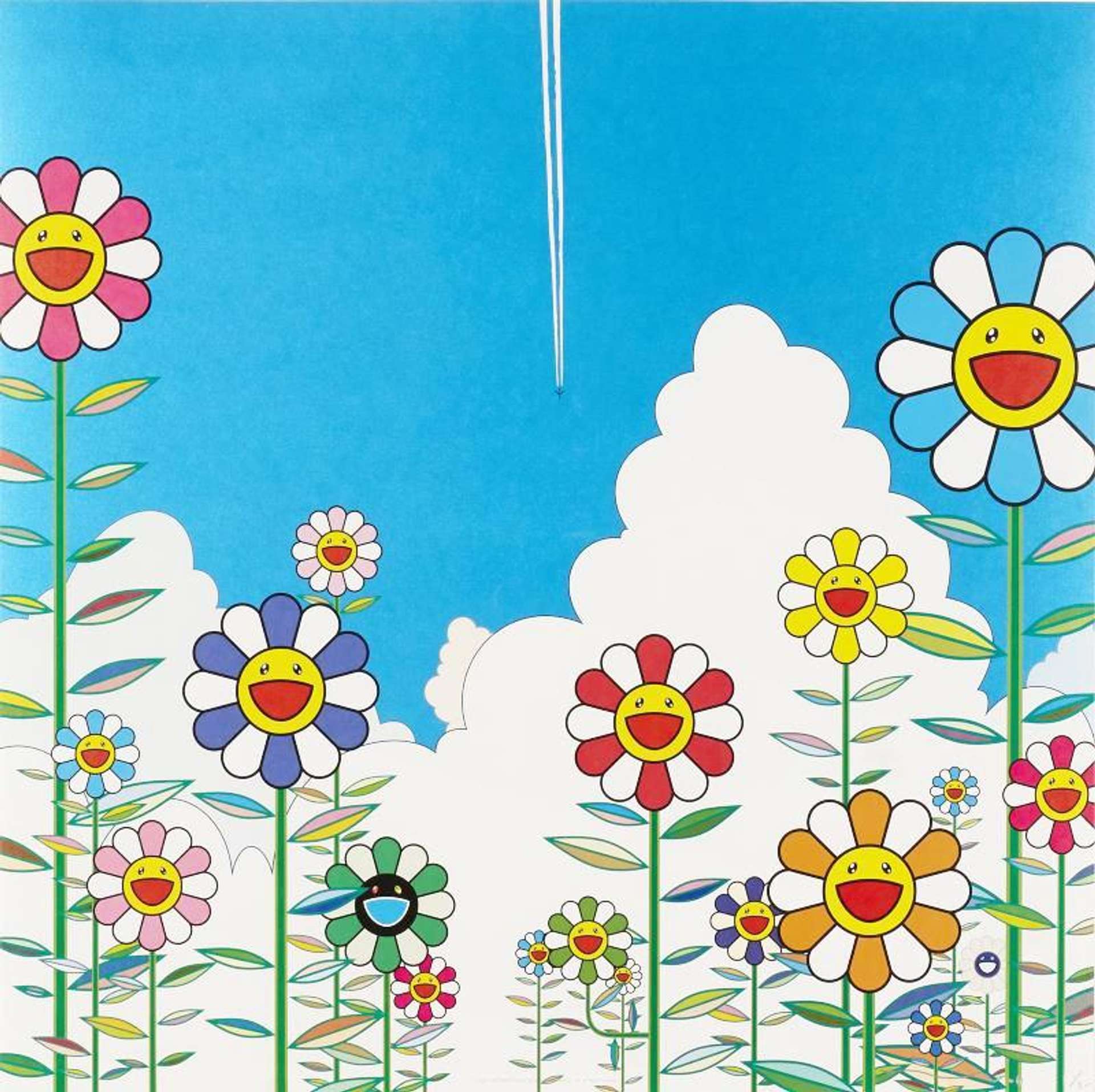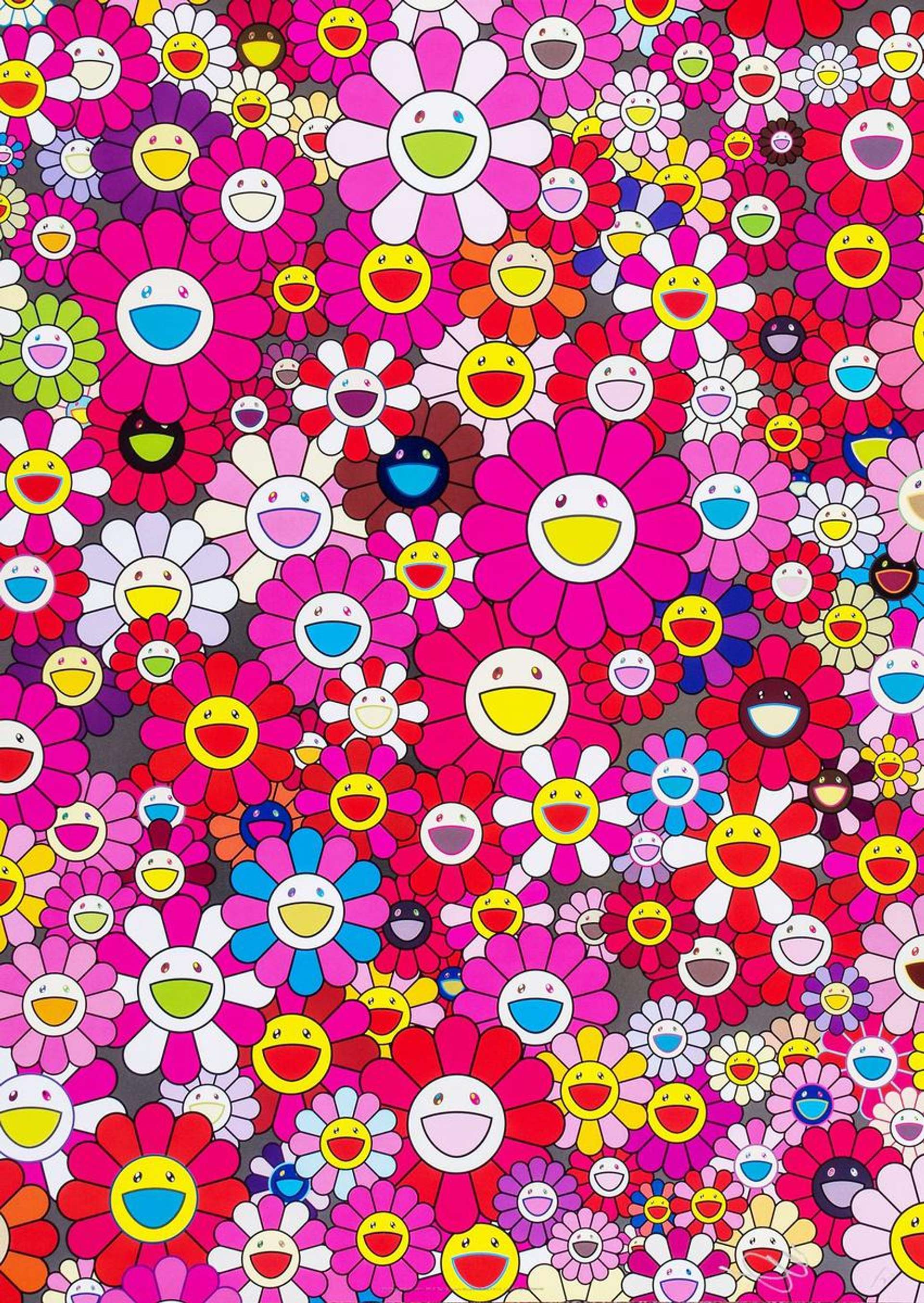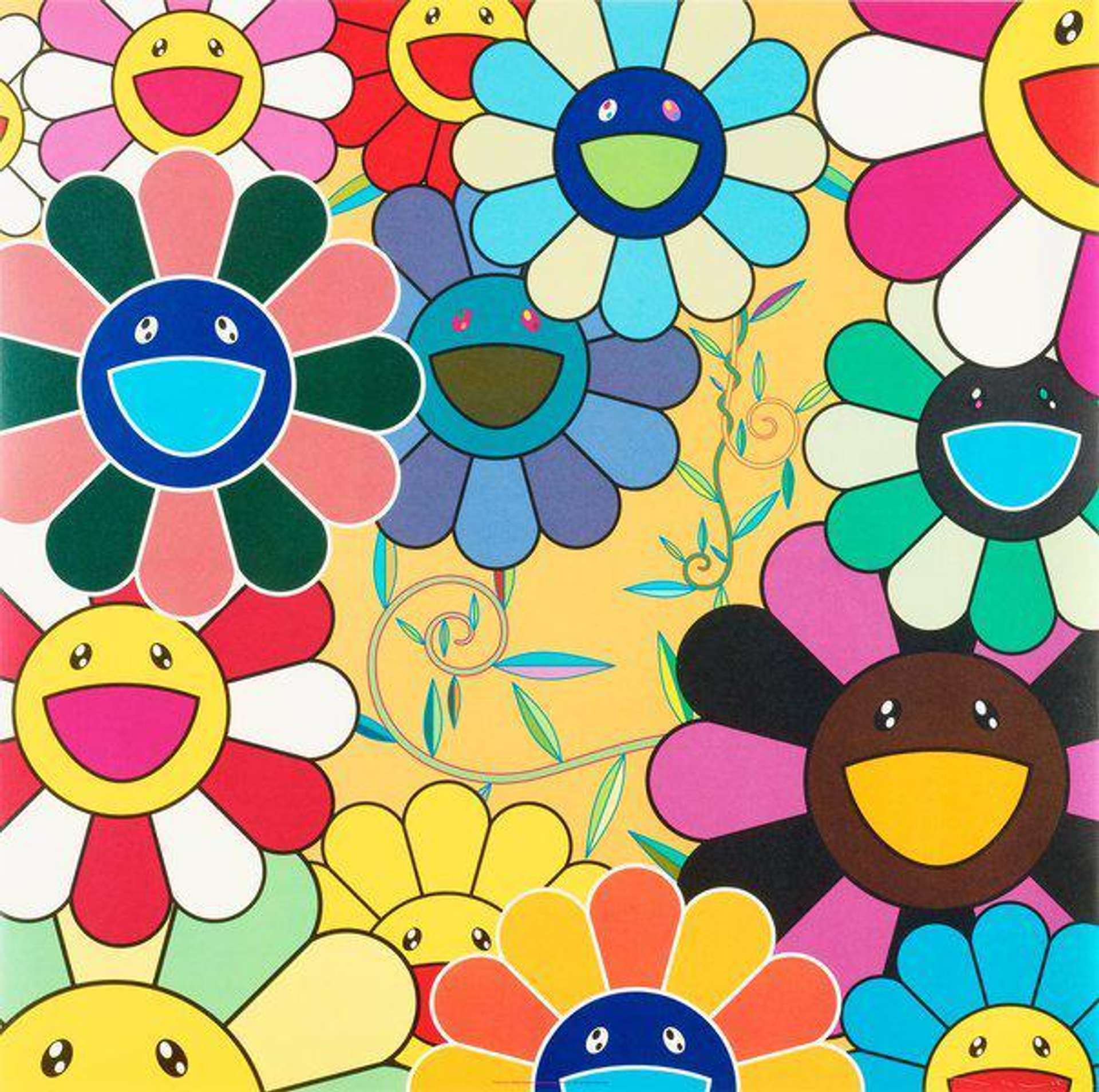 Killer Pink © Takashi Murakami 2003
Killer Pink © Takashi Murakami 2003What do Kanye West, Billie Eilish and Pharrell Williams have in common? Well, apart from a few Grammys – they’re all ardent fans of the man often called the ‘Warhol of Japan’, Takashi Murakami. Murakami is an artist who has successfully walked the tightrope between commercial and critical success for nearly 40 years. His collaborations with celebrity devotees and luxury brands, not to mention his ever growing Instagram following, have all brought him fame far behind the contemporary art world. The secondary market for the artist’s work has seen a steady increase in recent years, outperformed by few contemporary printmakers.
Commercial Appeal
To fellow artists and art experts, Murakami is the theorist behind the contemporary art movement he calls “Superflat” – an aesthetic which combines classical Japanese art with contemporary Japanese pop culture. To collectors, he is famous for his psychedelic flowers and eye-popping cartoons. And to the mass market, he’s known for everything from his key chains and t-shirt lines to his characterful stuffed toys and pillows. In the early 2000s, you could buy a plastic Murakami figurine for as little as $3.
This commercial appeal at each end of the spectrum has not dimmed Murakami’s reputation in the eyes of the critics and potential buyers – but there’s no denying he can be a divisive figure. In the past, he’s been accused of focusing too much on “moving merch” (New York Magazine) and in his native Japan, he’s occasionally been dismissed as “the one who does the cute flowers”. Yet Murakami’s place in the history books is secure. Few artists can boast of being one of Time Magazine’s top 100 influential people, exhibiting in leading galleries all over the world and attracting buyers happy to pay into the millions. The most ever paid for a Murakami sculpture at auction is $15.2 million. Not bad for someone who “does the cute flowers”. And when it comes to selling Murakami prints, there will always be aspiring collectors in the market for more affordably priced Murakami print works.
The Market Demand for Murakami Prints
Happily for collectors at all levels, Murakami has always been a believer in giving people the chance to own high quality art at more affordable prices. Back in 2008 he created the My First Art Series, a solo exhibition featuring over 80 varieties of Murakami posters – all signed and editioned. This was followed in 2009 by I Love Prints And So I Make Them, in case you were in any doubt about his fondness for the medium. In 2019, his Flower Ball series was a big hit with buyers, who eagerly snapped up limited edition prints for around the £1,200 mark. Among other highly covetable prints include the perennially popular DOB series and the classic 727 series.
More recently, Murakami responded to the BLM protests by producing six new limited edition monochrome prints, in contrast to his usual multi-coloured palette. Being so rare and unique in style, these prints are in high demand, and were at the time expected to raise more than $1 million in total (all of which was earmarked for charitable organisations connected to the BLM movement).
One of the things that makes a Murakami print special are the unique printing processes he employs. There are offsets (machine printed editions of 300) and silkscreens (handmade editions of 50 to 100). Works from both disciplines tend to command slightly different values.
To request a valuation of any Murakami print in your possession, MyArtBroker offers free and confidential valuations for anyone looking to sell.
Authentication and Provenance
As ever, it’s vital to have all the documentation associated with your artwork. For Murakami prints, you need to make sure you can prove it has come from Murakami’s KaiKai Kiki factory. There are four things that will help you show the provenance of your print; the order form, the invoice, the shipping labels, the box and original packaging. The order form comes from Hidari Zingaro (the gallery Murakami opened in 2010) at the time of purchase, the invoice arrives with your print inside the box. The shipping labels are the best proof of authenticity as they show where and when Kaikai originally shipped the print and are very difficult to replicate.
Finally, the original packaging – Kaikai Kiki really takes no chances here, they use glassine wrap (closest to the print), brown paper wrap, heavy plastic wrap attached to heavy cardboard, two styrofoam layers, an inner box and an outer box. And remember, if you are in any doubt, MyArtBroker’s Murakami broker can help you with the authentication process by advising on your print’s provenance, just get in touch.
The Condition of Your Murakami Print
You’re unlikely to have any issues with the condition of a Murakami print but the usual guidance still applies – keep your print away from strong sunlight and moisture. If the print does start to appear slightly wavy over time due to changes in temperature or atmosphere, don’t try to flatten it yourself. Always ask an expert to avoid inadvertently harming your piece’s value. If you have any concerns about the condition of your work, our brokers can put you in touch with a partner who specialises in prints by Murakami.
Where to Sell Your Murakami Print
Knowing where to sell your Murakami print is important. Auction houses will appraise your work for free and help you set a reserve price but when it comes to the day of the sale anything could happen. There is always the risk that your work will be presented alongside a number of similar lots which could have the effect of weakening the appeal of your piece. The auction house will also take a substantial sales fee. Selling privately through one of our brokers means you’ll gain access to a network of clients, carefully selected by our experts, who know our collectors’ individual tastes. We will always tell you how much you can realistically sell the piece for and can discreetly market the work on your behalf.
How it works
When you make contact we assign you a dedicated Murakami broker, you agree a price, we offer your work immediately, and start looking for a buyer. Once a buyer is found and the funds are cleared we can help ship the work direct, with no storage facility needed. We now offer 0% seller’s fee – guaranteed, with no hidden fees.
How can we offer this service at 0% sellers commission, whilst auction houses take as much as 15%? There is a lot of cost attached to operating some selling models, including auction houses, and whilst we invest heavily in digital innovation and put marketing your artwork at the top of our priority list, we can offer the same service through our existing network in the Murakami marketplace, and our specialist brokers.
